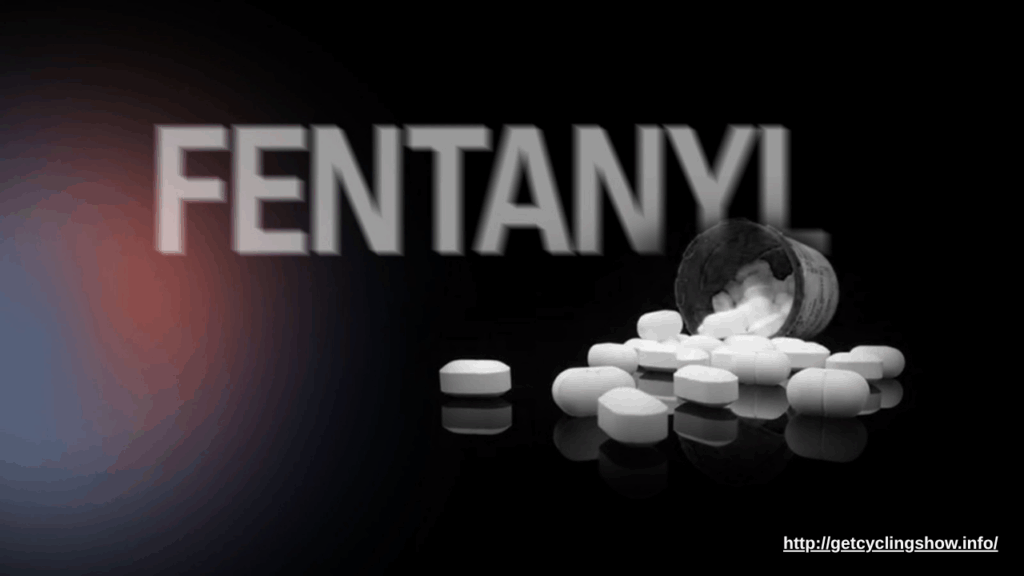
Fentanyl is a powerful synthetic opioid that has emerged as one of the most dangerous drugs contributing to the opioid epidemic. Originally developed for severe pain management in medical settings, fentanyl is 50 to 100 times more potent than morphine. While it has legitimate medical uses, its illegal production and widespread distribution have led to a dramatic increase in overdose deaths.
What Is Fentanyl?
Fentanyl is a prescription opioid used to treat severe pain, especially after surgery or for cancer patients. It works by binding to opioid receptors in the brain, blocking pain, and producing a sense of euphoria. However, due to its high potency, even a small miscalculation in dosage can be fatal.
Illicitly manufactured fentanyl (IMF) is often mixed with other drugs like heroin, cocaine, or methamphetamine to enhance their effects. The problem is that users often don’t know their drugs contain fentanyl, drastically increasing the risk of overdose.
Why Fentanyl Is So Dangerous
- Extreme Potency: Fentanyl is incredibly potent, meaning even a tiny amount can cause a fatal overdose. Just two milligrams—an amount equivalent to a few grains of salt—can be lethal for most people.
- Unpredictable Contamination: Fentanyl is frequently found in counterfeit pills and street drugs without the user’s knowledge. This makes it extremely dangerous, especially for those who are not regular opioid users and have no tolerance.
- Rapid Onset: The effects of fentanyl occur quickly, often within minutes, giving users little time to react or seek help in case of overdose.
- High Risk of Overdose: Because it depresses the central nervous system, fentanyl can cause breathing to slow or stop completely. Without immediate medical intervention, this can lead to death.
Signs of Fentanyl Overdose
- Slow or stopped breathing
- Blue lips or fingernails
- Unresponsiveness or unconsciousness
- Limp body
- Gurgling or choking sounds
How to Respond to an Overdose
- Call Emergency Services Immediately
- Administer Naloxone (Narcan): This life-saving medication can reverse the effects of a fentanyl overdose if given in time. It is available without a prescription in many areas.
- Provide Rescue Breathing or CPR if trained
- Stay with the Person until help arrives
Prevention and Awareness
- Avoid Illicit Drugs: The safest way to avoid fentanyl exposure is to avoid illegal drugs and counterfeit pills.
- Test Substances: Fentanyl testing strips are available in many places and can detect the presence of fentanyl in other drugs.
- Educate Others: Spread awareness about the risks of fentanyl and the importance of carrying naloxone.
Conclusion
Fentanyl is a deadly drug with devastating consequences. Its potency, prevalence, and unpredictable presence in street drugs make it a leading cause of overdose deaths. Raising awareness, equipping communities with naloxone, and promoting prevention strategies are critical steps in addressing the dangers of fentanyl and saving lives.